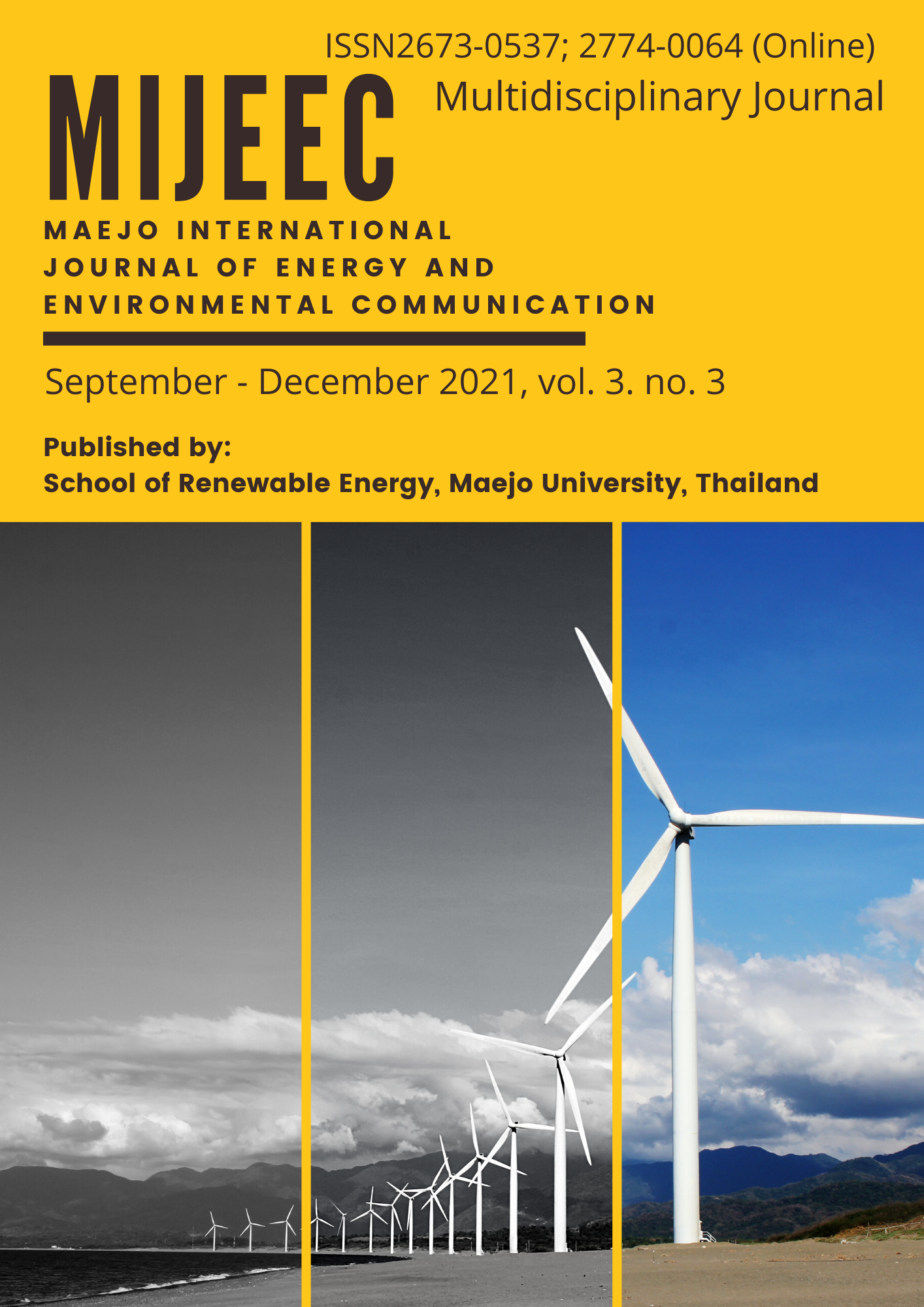Effective microbes (EM) and their potential on mushroom commercialization in Malaysia
Main Article Content
Abstract
The mushroom cultivation industry in Malaysia is one of the fastest growing agricultural sectors due to its high return value and low production cost. With the Malaysian government forecasting an RM300 million worth of mushroom exporting by 2020, demand for high-quality mushrooms would rise. Commercially grown mushrooms in Malaysia include Pleurotus ostreatus, Pleurotus djamor, Pleurotus eryngii, and Schizophyllum commune. The mushroom cultivating technique is critical to achieving large yields. More mushrooms can be harvested in less time by employing Effective Microbes (EM) as a yield performance booster. However, EM is not yet commercially accessible, despite the fact that numerous potential EM exist, including dominant bacteria from mushroom production, bacteria bioinoculant, and anti-listerial agent. Furthermore, the EM activator found inside the substrate represents another yet-to-be-commercialized yield performance booster. Several possible EM activators, including as dairy wastewater, rice husk biochar, and tea compost, can be transformed from industrial waste with a steady increase in industrial waste. This paper reviewed the potential of EM in the mushroom cultivation industry. Additionally, the potential EM activator and how it enhances the mushroom yield performance is as well summarized.
Article Details

This work is licensed under a Creative Commons Attribution 4.0 International License.
Copyright © 2019 MIJEEC - Maejo International Journal of Energy and Environmental Communication, All rights reserved. This is an open-access article distributed under the terms of the Creative Commons Attribution-NonCommercial- Attribution 4.0 International (CC BY 4.0) License






